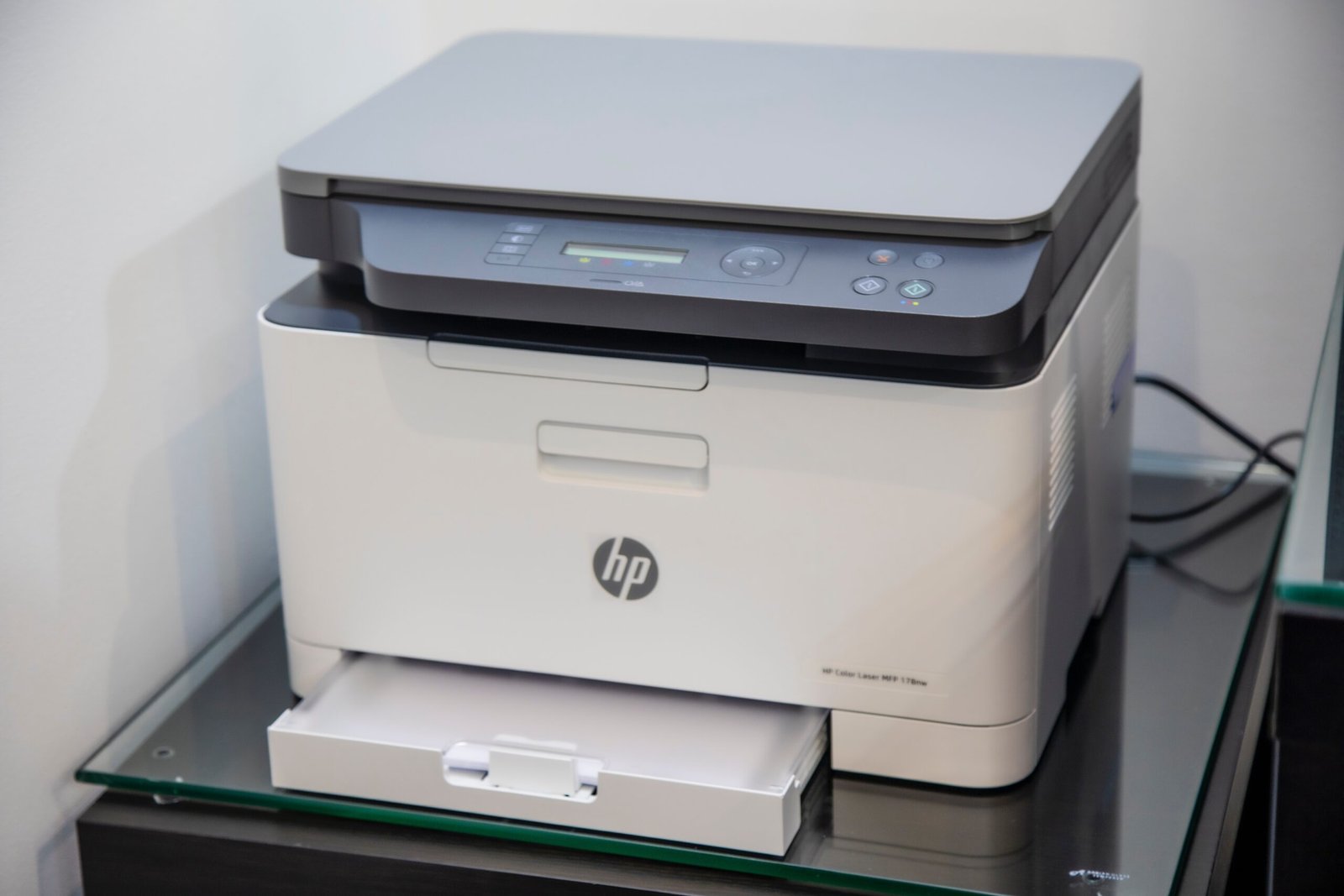
Printers
From the early days of the printing press to the modern digital era, the invention and evolution of computer printers have revolutionized the way we communicate and share information. Printers have become an indispensable tool in offices, homes, and educational institutions, enabling us to transform digital content into tangible, physical copies. This article delves into the fascinating history and diverse forms of computer printers, highlighting their significance in today’s digital age.
The Early Days: The Printing Press
The journey of printers began with the invention of the printing press by Johannes Gutenberg in the 15th century. This groundbreaking invention allowed for mass production of written material, marking the beginning of the printing revolution. The printing press utilized movable type, enabling the reproduction of books, newspapers, and other printed materials on a large scale.
The Emergence of Computer Printers
Fast forward to the 20th century, and the advent of computers brought about a new era in printing technology. The first computer printer, the dot matrix printer, was introduced in the 1970s. This printer used a series of pins to strike an ink ribbon, creating characters on paper. Although slow and noisy, dot matrix printers paved the way for further advancements in printing technology.
The Variety and Form Factors of Printers
Today, there is a wide range of printer types and form factors available to cater to various needs. Let’s explore some of the most common ones:
Inkjet Printers
Inkjet printers are popular for their versatility and affordability. They work by propelling tiny droplets of ink onto paper, producing high-quality prints with vibrant colors. Inkjet printers are suitable for both text and photo printing, making them ideal for home and small office use.
Laser Printers
Laser printers utilize a laser beam to transfer toner onto paper, resulting in crisp and precise prints. These printers are known for their fast printing speed and high-quality output. Laser printers are commonly used in offices and businesses that require large volumes of text documents.
All-in-One Printers
All-in-one printers combine the functionalities of a printer, scanner, copier, and sometimes a fax machine into a single device. These versatile printers are space-saving and offer convenience by providing multiple functions in one unit. All-in-one printers are commonly found in home offices and small businesses.
3D Printers
3D printers have emerged as a revolutionary technology, enabling the creation of three-dimensional objects from digital designs. These printers add layer upon layer of material, such as plastic or metal, to build intricate physical objects. 3D printers have found applications in various industries, including manufacturing, healthcare, and architecture.
The Continued Relevance of Printers
In this digital age, one might question the need for printers when information can be easily accessed and shared digitally. However, printers still hold immense value and relevance. Here are a few reasons why printers are essential:
Tangible Copies
Printers allow us to create physical copies of important documents, contracts, photographs, and other materials. Tangible copies provide a sense of security and permanence that digital files cannot always replicate. Additionally, physical copies are often required for legal or official purposes.
Accessibility and Convenience
Not everyone has constant access to digital devices or the internet. Printers ensure that information can be easily accessed and shared regardless of technological limitations. Moreover, having a printed document in hand allows for easier reading, annotation, and sharing.
Professionalism and Presentation
Printed materials often carry a sense of professionalism and credibility. Whether it’s a well-designed brochure, a polished resume, or a visually appealing presentation, printed documents can leave a lasting impression on clients, employers, and colleagues.
Artistic Expression
Printers provide a means for artists, photographers, and designers to showcase their work in physical form. The ability to print high-quality images and artwork allows for the appreciation of aesthetics and the creation of tangible art pieces.
Conclusion
Despite the digital age we live in, printers continue to play a vital role in our lives. The evolution of printers from the printing press to modern-day devices has transformed the way we communicate and share information. Whether it’s for personal, professional, or artistic purposes, printers offer convenience, accessibility, and the ability to create tangible copies. In a world where digital content dominates, printers bridge the gap between the virtual and physical realms, making them an indispensable tool in today’s society.
